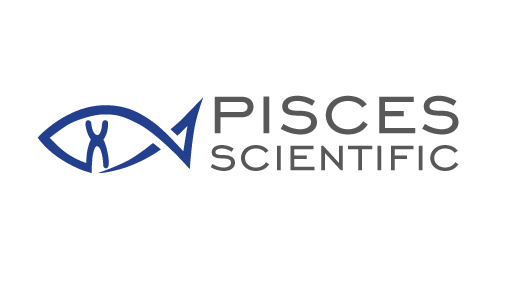Mycoplasma
Mycoplasma contamination in cell cultures
One of the most common and elusive contaminants of cell culture laboratories is mycoplasma. Mycoplasmas are pervasive species of highly infectious, parasitic bacteria; their broad range of hosts includes humans and other mammals, birds, reptiles, fish, insects, and plants.
Mycoplasma contamination can be transferred directly by aerosols, particulates, and inadequate sterile technique - or indirectly via media, solutions, and laboratory equipment previously used in processing mycoplasma-infected cells. As a result, 15 – 35% of all continuously cultured cell lines test positive for mycoplasma. Another leading source of contamination is laboratory personnel, explaining the fact that mycoplasma species from human hosts are the most common contaminants – responsible for more than 50% of all infections.
Since mycoplasma-infected cells cannot always be discarded, many complicated methods have previously been suggested for the elimination of mycoplasma from important cultures.
Effects of Mycoplasma Contamination
Mycoplasma contamination can cause biochemical, immunological, and cell signaling behaviors of cells in culture, and contamination can seriously impact the reliability, reproducibility, and consistency of experimental results. This represents a major problem for scientific research and manufacturing of bioproducts, as research using contaminated cell lines often produces inaccurate results, yielding misleading or incorrect publication data. A mycoplasma-free cell culture environment is a necessary precondition for safe and pure cell-derived products, as well as for reliable results in scientific experiments.
Mycoplasma detection and treatment
To view the Mycoplasma Detection and Treatment product ranges click below.
lab sterility
To view the Laboratory Sterility product range click below.


